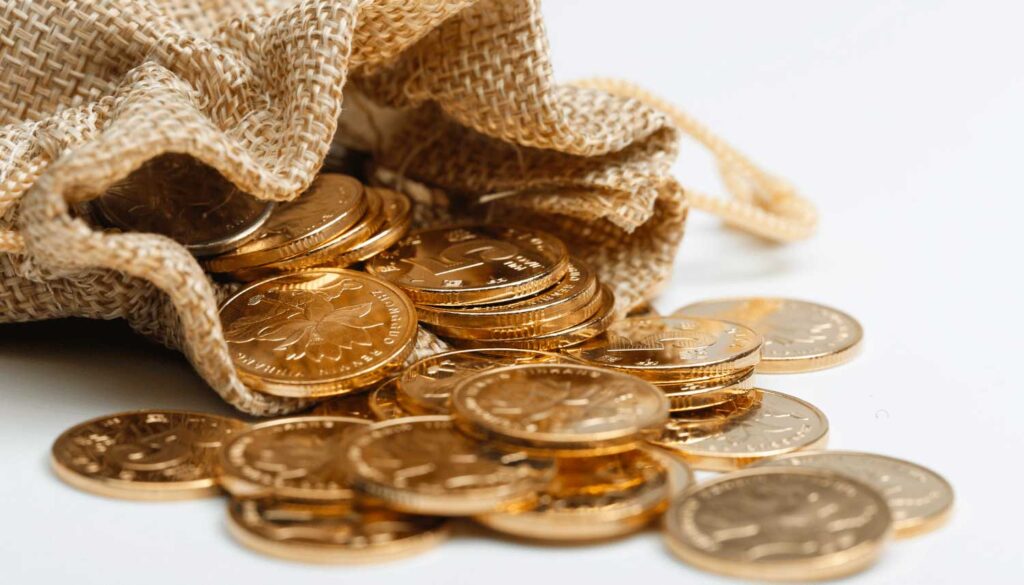Asked what makes the United States the most powerful country, many readers likely would reply the military. In fact, it is the dollar.
The bill with George Washington’s mug on it finances the government, its military and, as the international reserve currency, most of the world’s trade. Its value affects the wealth of the United States and other nations.
But this crucial element of U.S. power is threatened by gold, the ubiquitous currency of recorded history. The danger arises from the Federal Reserve’s practice of quantitative easing (QE), holding interest rates artificially lower by printing currency. Should foreign nations or Americans decide to start transacting business in gold, however, the dollar would be doomed.
And with it would go the supreme power of the U.S. government.
In its efforts to defend the Achilles’ heel dollar, the government must squelch gold’s attraction by any means possible, including price manipulation.
On May 17, The Wall Street Journal ran a headline article, “Gold’s Allure Is Starting to Fade.” It described gold as being “mauled” by aggressive selling. But was the price collapse inspired by investor disillusion — or by Fed manipulation?
In December 2000, gold stood at $272 an ounce. By August 23, 2011, it reached $1,917 an ounce. This 704 percent decline in the value of the dollar against gold was a clear, acute threat to the United States at home and abroad.
Gold’s rise coincided almost exactly with the Fed’s opening of the monetary spigots after 9/11 under Fed Chairman Alan Greenspan and the wholesale QE engineered by his successor, Ben Bernanke.
In the 41⁄2 years since the birth of QE, the Fed has printed trillions of paper dollars to conceal the bad debts of the Greenspan boom. It threatened inflation and the abandonment of the dollar as the world’s reserve currency. Loss of the dollar standard would remove America’s power over international interest rates and its ability to maintain the nation’s standard of living.
Combined with increased fears of a currency crisis, it encouraged wide investment in gold. As the gold price exploded, speculators, especially hedge funds, joined in. Unlike long-term investors, the speculators purchased the more readily tradable Exchange Traded Funds (ETFs), sometimes referred to as paper gold.
Today, there are two gold prices: one for ETFs, which is falling; one for the metal, which is sometimes firm or rises relative to paper gold.
On April 12, an estimated 124 to 400 tons of short sales hit the New York market. Even at 124 tons, that’s some 40,000 futures contracts. By observing strict market “position limits,” this would have required 14 traders to hit the market almost simultaneously, giving rise to speculation of illegal conspiracy to manipulate the market.
The fact that no investigation was begun served only to heighten suspicions of a covert attack on gold by the most powerful financial institution in the world: the Fed.
By openly manipulating the bond markets, creating negative real interest rates and covertly casting doubt on the “safe haven” reputation of gold, the Fed appears to be encouraging — if not forcing — investors into the higher risk of equities.
Maybe it is time to “fight the Fed” and go for gold.
John Browne – Trib Live – May 25, 2013






